First Postwar Tank
Japanese tanks were long plagued with the reputation of being “weak and ineffective” due to their poor performance in World War 2, but this is hardly true with the modern ones operated by the JGSDF.
Thanks to the Type 90 and Type 10 tanks, Japanese tanks have been lifted to global standard, though this journey was not an easy one. The quest for achieving a world-class tank all started with postwar Japan’s first domestically produced tank, the Type 61.
- General Overview
| Mass | 35 tons |
| Length | 6.3m (20.7ft) |
| Width | 2.95m (9.7ft) |
| Height | 2.5m (8.2ft) |
| Crew | 4 members |
| Maximum Speed | 45km/h (28mph) |
| Operational Range | 200km/124miles |
| Armament | 90mm rifle gun 12.7mm machine gun 7.62mm machine gun |
The Type 61 tank was first tank that matched the physical and operational needs of the JGSDF which had previously relied on hand-me-downs from the US military.
Despite this significance, the tank was already deemed obsolete at the time of production compared to other Western and Soviet tanks.
The Type 61 is classified as a first-generation MBT only because of its 90mm gun, but in reality, it was an evolved version of the medium tanks built under the former Imperial Army, with some technology being directly carried over.
The development of the Type 61 was undertaken by Mitsubishi Heavy Industries, a company that had been responsible for wartime tank production, and the experience of repairing US tanks during the Korean War certainly helped in
Lessons acquired from the Korean War were also reflected in the development, resulting in a tank that somewhat combined features of both Japanese and American tanks.
For example, the engine room resembled that of the wartime Type 4 medium tank, whereas the armor and main gun incorporated American designs.
The Type 61’s sloped armor and overall design was aimed at defecting enemy shells, but armor protection was far from impressive, having been tested only against 40mm rounds.
On the other hand, the 90mm gun was actually longer than that of the US M48 Patton, making it’s firepower superior. However, by the time the Type 61 was finally deployed, the US military had already introduced the M60 Patton tank with a 105mm gun, leaving Japan once again behind international standards.
Bridging The Gap
As such, the Type 61 tank was already outdated upon its introduction, but a total of 560 units were produced and widely used until its decommission in 2001.
So, how was the tank received by the JGSDF frontline units?
In spite of the aforementioned shortcomings, the tank received mixed reviews from its operators. While the transmission was difficult to handle, the Type 61 actually had better acceleration and reverse capabilities compared to other tanks of the same era, making it suitable for hit-and-run tactics.
Since its thin armor was a disadvantage in head-on confrontations, the tank depended on mobility instead for its survival.
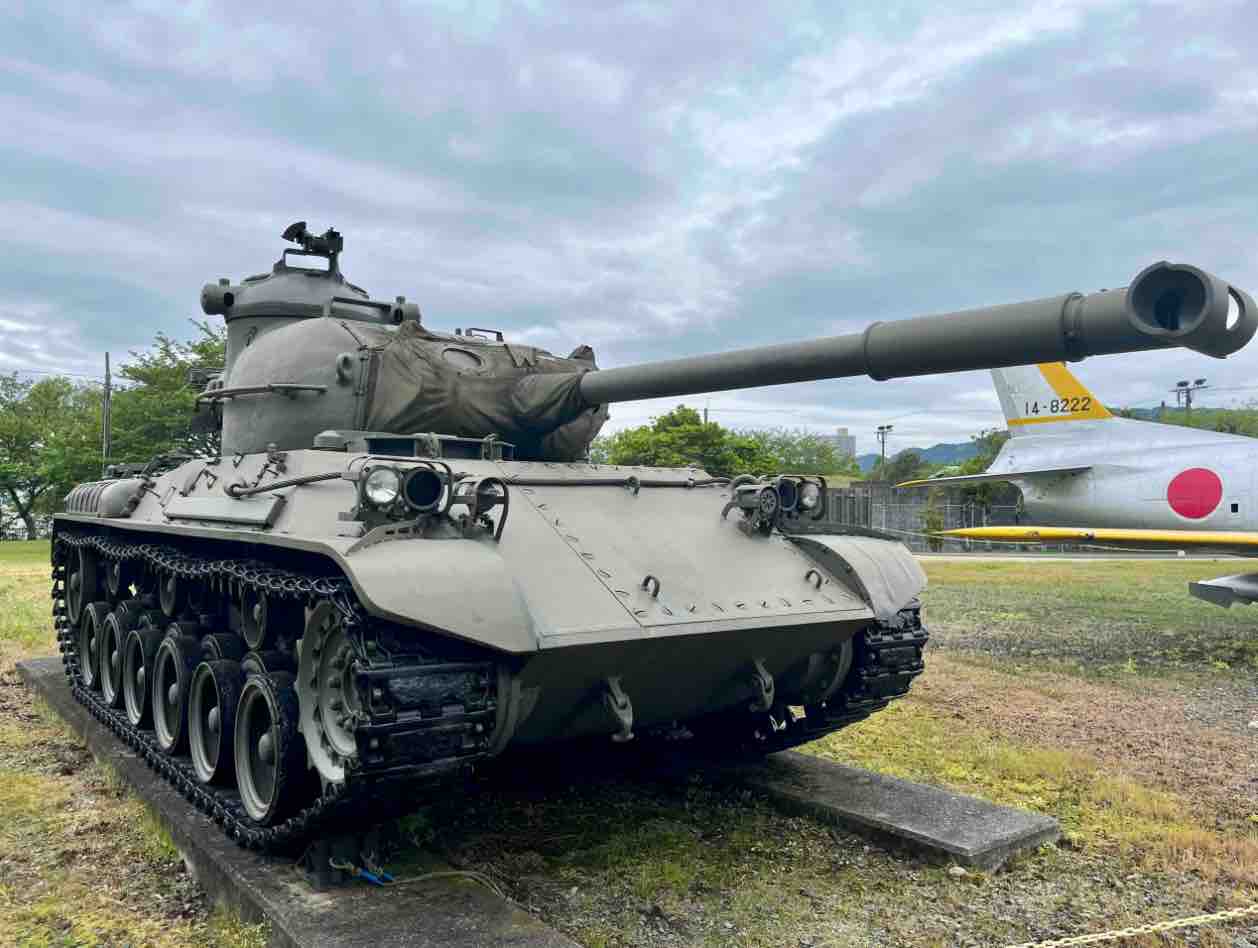 Many are displayed at JGSDF bases
Many are displayed at JGSDF bases
Considering these points, the Type 61 tank can be regarded as the ultimate form of pre-war Japanese tanks or at least what the former Imperial Army envisioned.
Yes, it was hardly noteworthy compared to its counterparts, but given the expertise and technology available at the time, the Type 61 was a pretty good outcome.
The tank fulfilled its role as the main battle tank during the JGSDF’s early days, a volatile period where political unrest and the Cold War was brewing up, as well as constantly being destroyed by Godzilla in popular culture.
But, perhaps the Type 61’s most crucial significance was the fact that it bridged the gap between pre-war tanks and the postwar development, paving the way for the Type 74 and Type 90.
If not for the Type 64, modern Japanese tanks might have not achieved its current status as high-performing vehicles.

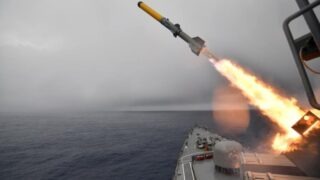
-320x180.jpg)
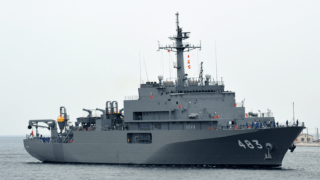
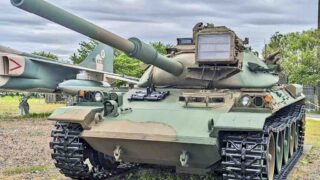
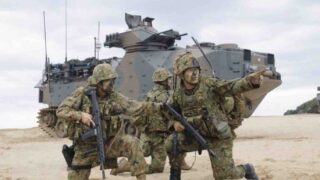
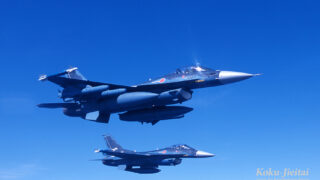
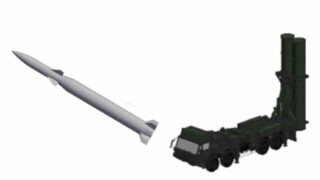

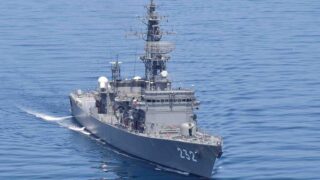
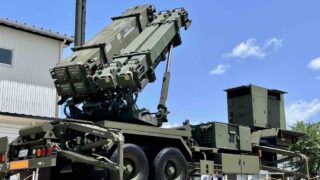

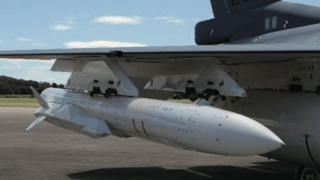
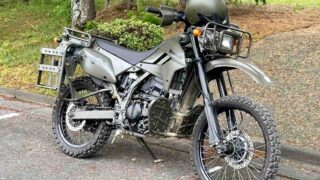
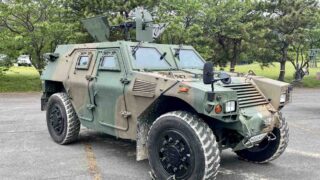
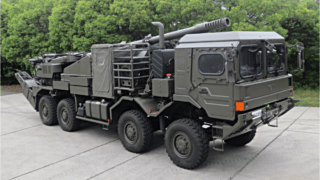
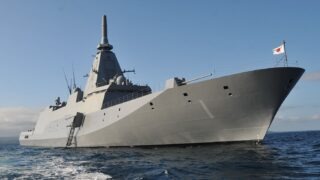
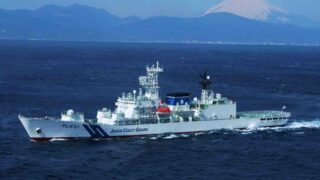
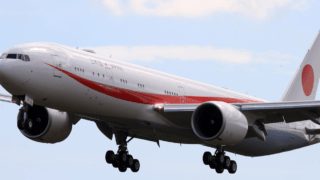
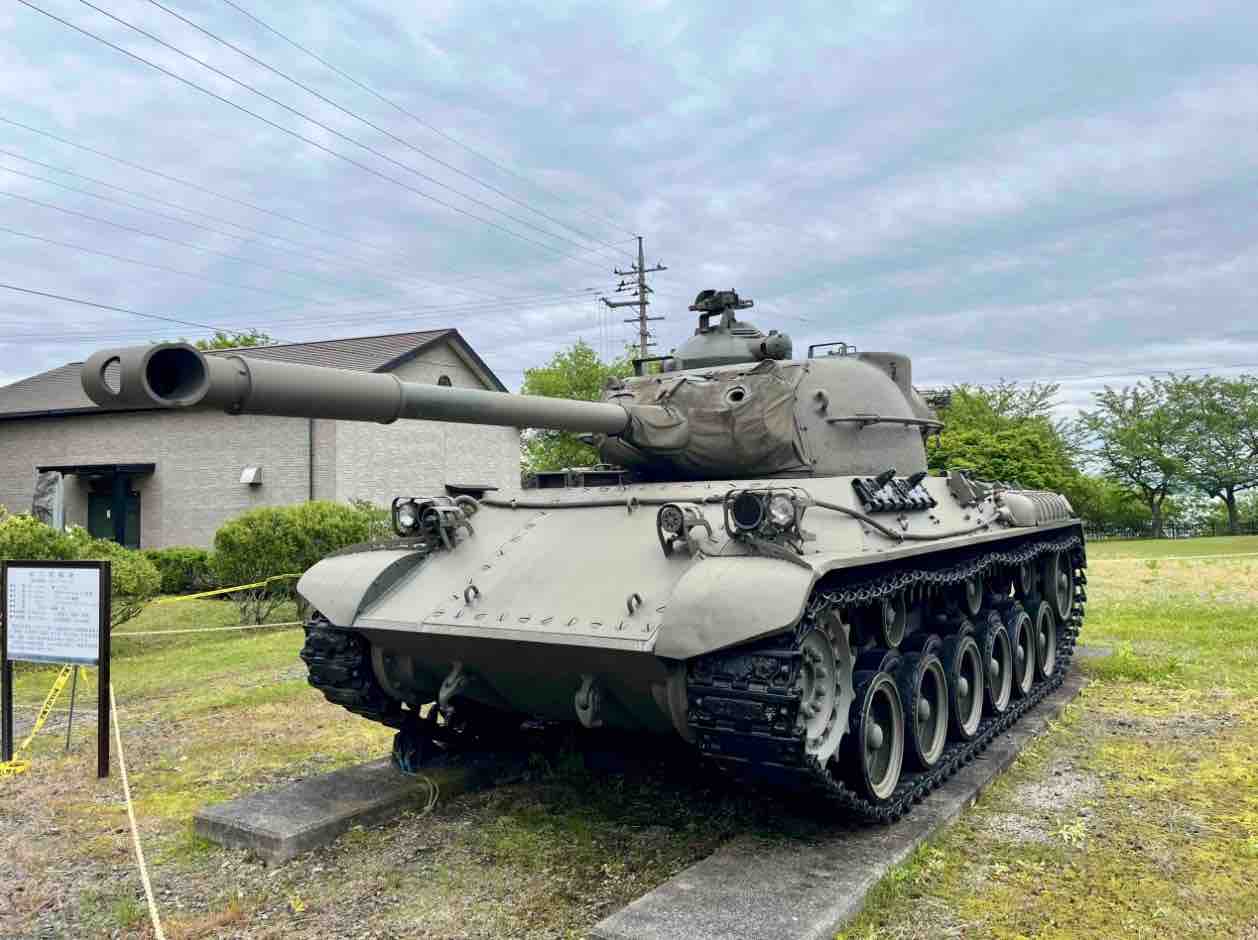
Comments